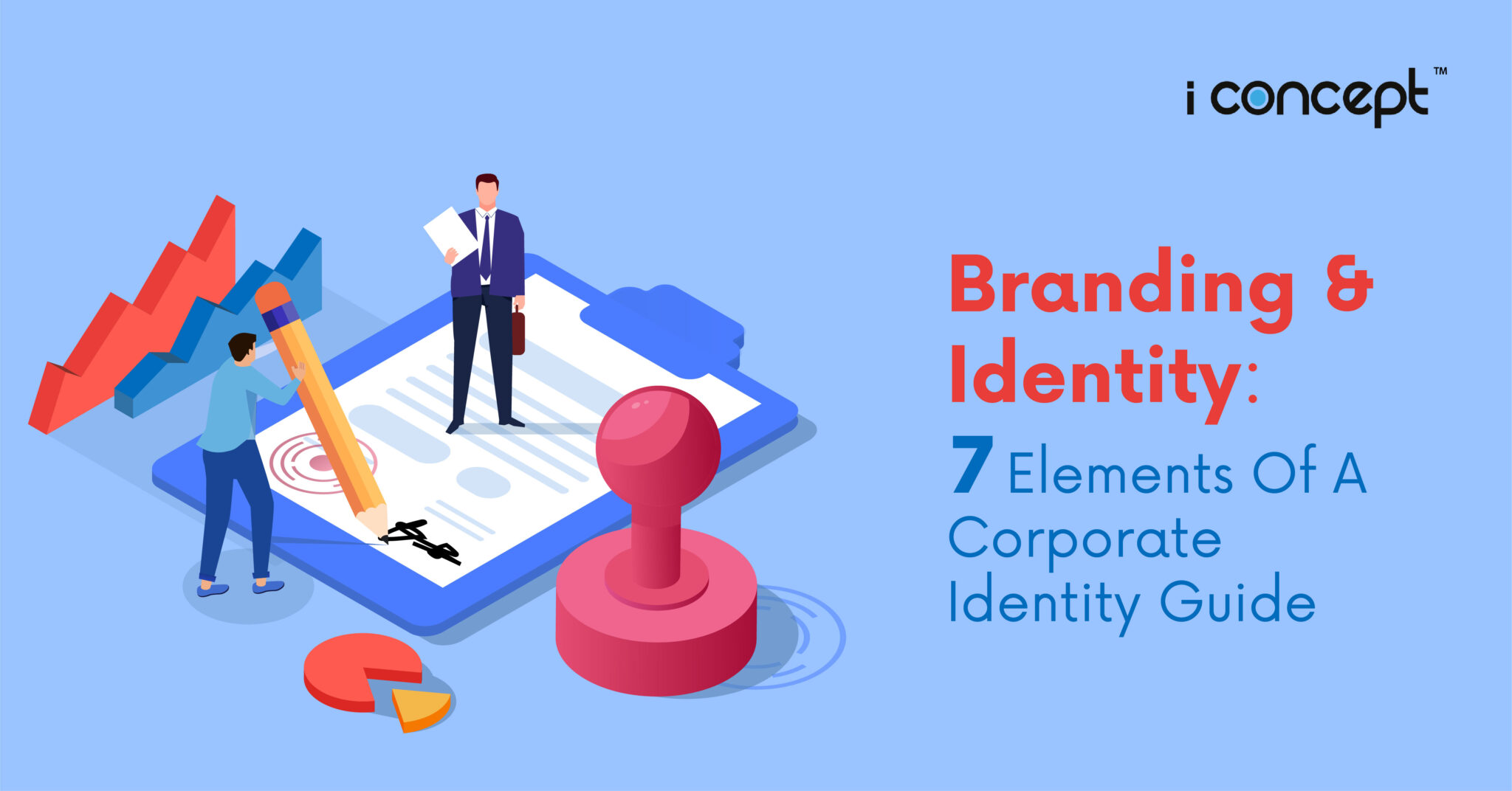A branding guide defines your entire brand and sets the tone for your entire organisation. When it’s used effectively, it creates a recognisable brand personality that speaks the same message with the same voice. For it to be effective, your creative agency partner has to ensure every element of the corporate identity guide is in place.
Before you accept the branding guideline created for you, you need to know what to expect out of your brand consultants. This is to ensure that you don’t squander your branding budget for anything less than what your brand deserves. After all, each element in a branding guide plays a purpose and helps to create the memorable brand that you dream of, and you need every single one of them.
If you’ve stumbled upon this article, you’re probably either new to branding or a loyal fan of ours (yay!). Nevertheless, you’re about to learn a thing or two here. When you’re in talks with a potential branding agency partner or receiving a draft of your brand guideline, be sure to look out for each of these components:
Colour Me A Brand
Gone are the days of black-and-white television. The world is filled with vibrant colours and you need to choose your own palette for your brand (if black/white works for your brand, there’s nothing wrong with that too!).
Generally, most corporate identity guides have 2-3 main brand colours and a few accent colours to complement them. It could even be different shades of a single colour as well, so long as you have a clear and distinctive colour palette that is unique to your brand within the industry.
Although we did say there are a lot of colours out there, you shouldn’t be picking every shade and every hue so much that your brand resembles a rainbow or an artist’s paint palette. That’s just distracting and counter-productive for your brand identity.
Go Loco With Logos
The most important item for your brand is your logo. It’s what your target audience recognise you by. Even before the eruption of digital channels, logos have been a critical aspect of businesses and most brands register their logos for trademarks ASAP to be used in various physical collaterals i.e. packaging, name cards, materials.
What the digital movement did affect was the usage of logos, as there are now countless channels that brands have to put themselves on and generate content. From Snapchat to LinkedIn, brands have to put their best front at every platform. There’s only one issue: every platform has a different dimension and requirement for visuals.
In order to meet these evolving standards, brand guidelines have to include instructions for logo usage and ensure that there’s a black/white rendition, in the event of the logo blending into the background of the visuals. You’ll also need to make sure your logo fits into a favicon as well!
Go with Fonts You’re Fond Of
If you want a timeless brand, you’ll need to dip into the font-ain of typography. That’s to say you will need a preset group of fonts for your brand. For everything that a brand tries to do, they will need words and fonts to put those words in.
Most brands usually have a few font choices to choose from, which includes a header font and a body font. This is especially relevant for website design with plenty of content to showcase and requires headers to classify each. Since it’s probably going to be in every one of your collaterals, you’ll want to pick your ideal typ(ography)e.
Be sure the typography guide includes the exact font style (i.e. Bold, Regular, Thin, Italics, etc), type weight and minimum sizing for the chosen font. It’s also important for you to know when to use which type of font and how different combinations can be paired together (even better if they provide you with some preset combinations).
Cramping Your Style
Thanks to the wonders of Adobe (i.e. Photoshop, Illustration), brands of today can go with more than just photography-based visual styles. You have MailChimp with a full-on illustration style and then there’s Scoot with a mix of photography and illustrations. As long as it works for your brand, that’s all that matters.
Even within photography-based and illustration-based visual styles, there’re also rules and different types to choose from. Each of them elicits a different emotional response from your audience and that’s why you’ll need a guide on what kind of visuals to avoid and what types to go for in your creative campaigns. Just for illustrations alone, there are countless styles to choose from.
Some brands avoid using dark, negative, and studio photographs as it goes against their positive and happy branding. Some brands avoid illustrations as it makes them look kiddish and unprofessional. It’s best to have a guiding mood board that shows what styles to go for and what to avoid, so you don’t cramp up the style of your own branding.
Split Personality No Mo’
People no longer look at brands as just corporations, but they look at them as, well…. people. They expect brands to have a human side and be empathetic to issues of the world. To meet this expectation, you’ll need to create a consistent brand personality that your audience can relate to.
A brand personality begins with its voice, the unifying way of communicating, engaging, and speaking with your community. It has to match with the products/services you offer as well as your customer service team’s responses. You can go professional or you can go witty and casual, it’s all up to you.
The brand guide should describe your brand’s personality and the tone of voice you should employ moving forward — how should you angle your captions, how do you respond to customer complaints, and how do you present yourself. All of these are part of the brand personality that the guide should have.
The Coming Of Age Story
Everyone has a story to tell and in a digital space like today’s, it’s even more important to have a good story that people can get behind. In fact, stories have been the mainstay of communications since the times of publications and old schools newspapers.
Now that you have a personality, an icon to represent you, colours belonging to you and a style suited for your brand, you’ll need a story of why people should care about your brand. Crafting a captivating brand story is about creating a bigger purpose to your brand and giving your audience a reason to become a fan.
A brand story typically fills up the About Us page on your website by telling your audience the mission, the vision, and the values your brand holds dear. The brand guide should angle your back story into a believable yet engaging tale for you to tell your audience.
All Applications Welcomed
Learning new knowledge was important in school but figuring it how to apply it is the key to internalising that knowledge. Same goes for your branding — now that you’ve got anything and everything your brand needs to come alive, you have to figure out how to apply it.
Actually, you don’t have to figure out how to apply them on your own. A brand guide should provide you with all the help you need! It should showcase the implementation of the new brand identity across the different collaterals, materials, resources, and platforms your brand has.
You should at the very least see the applications on the bread and butter stuff, such as stationeries, name cards, website, and social media channels.
The Key Element – A Good Branding Agency Partner
For all the talks on what’s needed a branding guide, nothing matters if you don’t have a good branding partner to help you through it. A good brand guide is only as good as the brand strategy applied to it, which is why creative agencies like us get paid the big bucks in the first place.
Well, if you looking for this missing element like Tony Stark was in Iron Man 2, we’re happy to make your acquaintance (or more).










